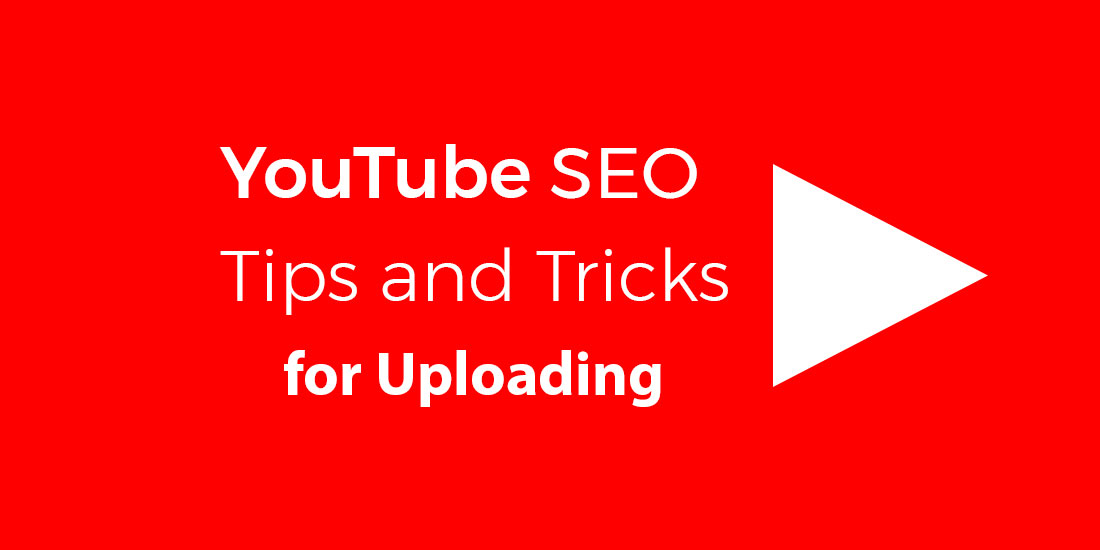People often think of YouTube as a source of video-only content; users go there to watch funny videos of kittens and “Epic Fails”.
Contents
What’s often forgotten is that YouTube is a search engine like any other.
In fact, it’s considered to be the second largest search engine, with over more than 3 billion views every single day. If that seems like an incomprehensible number, then think of it this way: YouTube owns over a tenth of all the traffic on the Internet.
Two keys to SEO are knowing where and how to market.
If YouTube is our “where” then the next thing to know so that you are getting your brand or organization the recognition that it needs, is the “how”. We’ve put together the following quick tips to help you navigate the need-to-knows of maximizing your outreach and taking search engine optimization to the next level on YouTube.
Using YouTube boils down to two main steps: Uploading Content and Content Engagement
There are a few things to consider when you are ready to publish your video. We call this Upload Content and it includes four parts:
- the Title
- Description
- Tags, and
- Transcription.
Always keep in mind the core truth of SEO: keywords are essential.
Your Title should be direct, clear, and contain relevant keywords.
The title of this article is an example of all of these things. It tells the user exactly what the content within contains, is direct, and contains keywords (YouTube, SEO, etc.) that might be used in a search engine query.
A bad title might be something like “Follow These Rules to Get Good Internet Traffic”. See how nonspecific and lacking in keywords that is? Search engines operate using keywords, which means that a title as uninformative as this risks being passed over for a more cleverly written title.
Your Description is useful because it shows up in the Google search engine results, as well as YouTube’s results page.
On YouTube’s results page, keywords are bolded as a tactic to demonstrate how relevant the description (and thus the material contained within) is to what the user is searching for. The more information, the better. Generally, a description should be between 250 and 1000 words, with as many keywords and -phrases used as possible. Be warned though: throwing a bunch of keywords into the description section without actually providing information about your content is frowned upon and makes your content look less reputable.
There is a time and place for throwing keywords around and the Tags section is built just for that. A tag is a keyword that you can connect to your content. Users can search based on tags, which means that your content can be linked to just about any word or phrase that you think someone might use to search for your content. Feel free to go crazy here, add as many relevant tags as you can think of. Consider the use of plural and singular versions of each tag, as well as past, present and future tenses.
YouTube offers an interesting Transcription feature to all videos that are uploaded.
The transcriptions are done automatically and, truthfully, aren’t very accurate. Yet, transcriptions are still very important because they market to groups of people who might have difficulty hearing your video content or are unable to watch the videos for some other reason. Adding closed captions to your content can help make it accessible to diverse groups within your audience. It’s highly recommended that closed captions always be added.
So you’ve created and uploaded your video but don’t relax yet. There is still work to be done!


